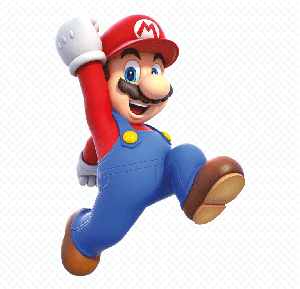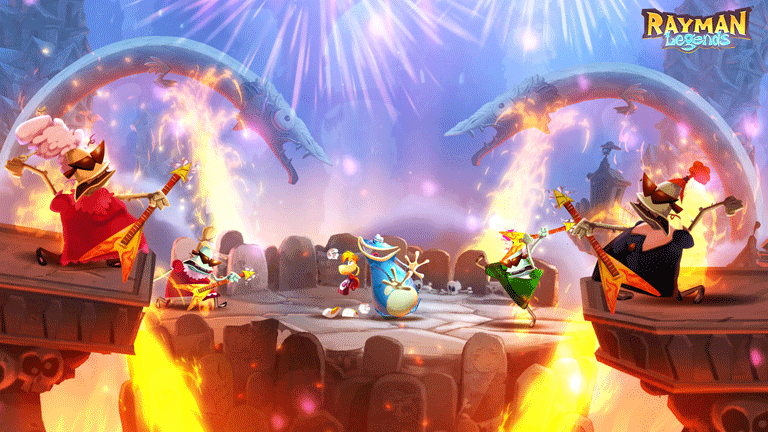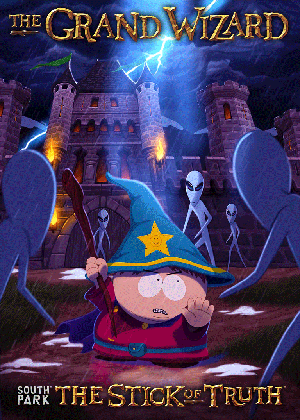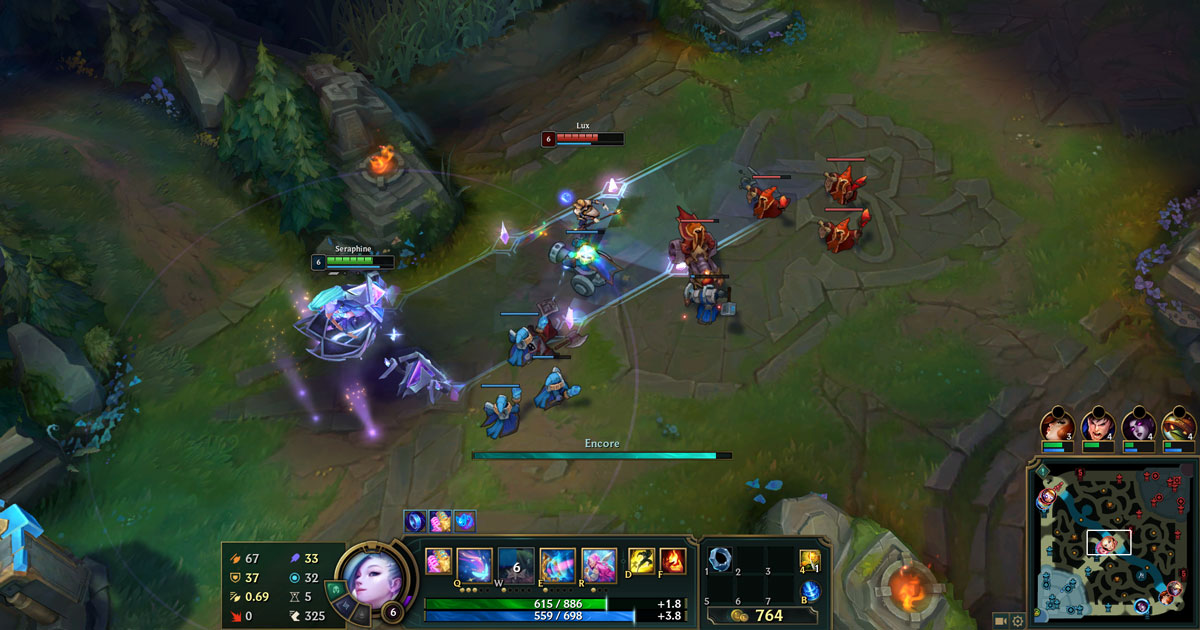By Andy Ramos Gil de la Haza, Bardají & Honrado, Abogados, Madrid, Spain
One of the first video games was created over 50 years ago when a student from the Massachusetts Institute of Technology (MIT) in the US wrote the code (rudimentary by today’s standards) to create Spacewar, a game in which two players operate missile-firing spacecraft in an attempt to destroy the other. Although video games by their nature have a visual interface, in the early years, the creators of this new class of works were exclusively engineers and computer geeks.
Visual displays left much to the player’s imagination and were a world away from the sophisticated and seamless graphics featuring in contemporary games. While throughout the 60s and 70s the information technology (IT) component of video games dominated, the recent rapid evolution of computer science and technology has opened vast opportunities for creativity. Modern video games now contain multiple creative elements. How then are these works classed under the law? Are they computer programs or are they audiovisual works? Examining how these complex interactive works are treated in various jurisdictions is important because the approach adopted has a bearing on determining important issues such as authorship, remuneration, transfer of rights and infringement.

an industry staple since the early 1980s. (Photo: Nintendo)
In the early years, the limitations of computer science meant that games such as Spacewar, Asteroids and Pong, were no more than pixels illuminating a monochrome screen. They used simple geometric shapes and had very basic functionality.
At that time, when it came to protection, it was very difficult to distinguish between the underlying idea of a game, which does not qualify for copyright protection, and the expression or representation of that idea, which does.
The challenge of drawing this all important distinction led, in the 1980s, to the first lawsuits relating to video games in which courts examined the legal nature of these simple visual works and their protection.
How are video games classified under the law?
In one such case, the well-known US case, Atari, Inc. v. Amusement World, the court held that certain forms of expression were inextricably linked with the idea of a particular game (e.g. Asteroids) such that the visual component of the work did not merit copyright protection. At the time, games were almost wholly the creation of computer engineers with little or no role for scriptwriters, graphic designers, photographers or sound engineers.
This helps explains why many specialized lawyers and industry players today view video games simply as computer programs. But are they right to do so? Before endorsing this view, it is important to note that, these days, studios rarely write computer code from scratch when developing a blockbuster game. They use middleware, a previously created and tested piece of software developed by an outside company, as the technical basis for a game. Only a small proportion of the code used is customized to a specific game. This saves studios time and money and as a consequence many very different video games, such as Battlefield and Need for Speed: the Run share the same source code (Frostbite middleware). The distinctive elements of each game are created through code customization and use of original audiovisual components.
Modern video games stand out from other creative works in that they fuse audiovisual elements and software which drives the audiovisual elements of the game and enables player interaction. The complex and peculiar nature of these sophisticated works makes it difficult to classify them under the law. A recent WIPO study, The Legal Status of Video Games: Comparative Analysis in National Approaches  highlights wide-ranging national legal approaches to protecting these works, with implications for the way those developing games are treated and the remedies available to them under the law.
highlights wide-ranging national legal approaches to protecting these works, with implications for the way those developing games are treated and the remedies available to them under the law.
Wide-ranging legal approaches
In some jurisdictions, such as Argentina, Canada, China, Israel, Italy, the Russian Federation, Singapore, Spain and Uruguay, video games are classed as functional software with a graphical interface. Other countries, such as Belgium, Brazil, Denmark, Egypt, France, Germany, India, Japan, South Africa, Sweden and the United States take a more pragmatic approach, recognizing the complexity of video games and favoring a “distributive classification”, whereby each creative element of a game is protected separately according to its specific nature. Yet others, such as Kenya and the Republic of Korea, treat video games as audiovisual works.
An uneasy fit
The study reveals an often uneasy fit between prevailing national legislation and the specific characteristics of the video game industry. For example, although, some treat video games as audiovisual works insofar as they are “a series of related images”, unlike standard audiovisual works, such as films, video games are not “intrinsically intended to be shown” but are designed for player interaction.
Also, in terms of authorship, the legally recognized co-authors of a movie (e.g. scriptwriter, director and composer) differ from those involved in video game development (character and setting designers, animation designers, video testers and audio engineers). Whether or not these professionals hold any IP rights in a work will depend on their contribution to it and the specific requirements of each jurisdiction which generally requires some sort of original creative contribution to the work.
As such, many key professionals with important roles, such as publishers and quality assurance testers, whose endeavors are pivotal to the commercial success of a video game, are not recognized as creators under copyright law. Clearly, as things stand at the moment, when determining which legal regime is most suitable to protect these works, the best approach is to examine the relative importance of the various technical and creative elements that go into the making of video games.
Creative elements of video games
- Musical compositions
- Sound recordings
- Voice
- Imported sound effects
- Internal sound effects
Audio elements
- Photographic images
(e.g. Gif, Tiff, Jpeg) - Digitally captured moving images (e.g. Mpeg)
- Animation
- Text
Video elements
- Primary game engine or engines
- Ancillary code
- Plug-ins (third party subroutines)
- Comments
Computer code (source code and object code)

Industry moves towards self-regulation
Confronted with a patchwork of differing national legal approaches and gaps in national law as well as the inability of national laws to keep pace with recent developments, such as online gaming, the industry has moved towards self-regulation.
In practice, many aspects of the relationship between video game producers and authors, independent contributors or even game players (such as remuneration or the legal status of creative elements) are regulated by contractual arrangements (See Video Games and IP: A Global Perspective). Such “contractualization” of copyright, however, is no guarantee that a fair balance is always struck in terms of how creators are remunerated and whether they receive their share in the revenue generated from the commercial exploitation of their works.
IP awareness within the industry is critical
The video game industry, especially in relation to mobile platforms, consists of a huge number of small game developers that lack formal professional representation and often do not have access to expert advice on how to acquire IP rights. The marketplace is full of small or medium-sized companies that exploit video games commercially without having acquired all appropriate copyright and related rights.
For their own sake, that of right-holders and the long-term growth of the industry, these companies need to carefully examine the national laws governing IP to avoid costly and time-consuming legal problems. They will find that different rules prevail in different jurisdiction and that the recognized owner of rights in a work will vary from one jurisdiction to another, depending on whether it is classed as a piece of software or as an audiovisual work.
Are new legal responses needed?
As the evolution of the global video game industry continues to gather pace, the legal responses required may be very different from those crafted 20 years ago. Many new forms of commercial exploitation, beyond sales, are coming on stream, all with a bearing on IP rights, for example, through the merchandizing of key characters and identifiers, tournaments, competitions and the public communication of matches (or gameplays) on television and the Internet.
Modern interactive online video games which include tools for creating and developing new elements for a game, such as characters, levels and other creative elements, are, in fact, creating a whole new category of authors, the legal status of which remains largely untested.
Major video-game-consuming countries already have gaming circuits and professional leagues with significant income-generating potential. Major League Gaming in the US, for example, has 8 million registered users with nearly 12 million unique users visiting its website in 2012 alone. Major League Gaming championships are broadcast live over the Internet, attracting tens of thousands of participants and hundreds of thousands of spectators every year. These developments raise some very important questions. For example, can gamers use gaming platforms such as FIFA14 or Call of Duty: Ghost to organize tournaments, publish their own matches and earn revenue from doing so?
Users post hundreds of their on-line matches or “gameplays” on to YouTube attracting, in some cases, over 30 million viewers. While those that posted the video benefit from advertising revenue, the studio and authors that created the platform in the first place are effectively eliminated from the equation.

is “always on the lookout for new ways to push
back the boundaries of creativity and innovation,”
notes its co-founder and CEO, Yves Guillemot.
(Photo: @Ubisoft)
Are specific regulations for video games required?
These and many other questions relating to the legal status of video games as well as to evident gaps in national legislation in terms of authorship, systems of rights’ transfer and remuneration of video game creators, suggest that the time is ripe for an international discussion to evaluate the merits of adopting specific regulations for video games. Such a discussion might consider:
- the legal nature of these modern and complex works;
- the relationship between creators and producers;
- how to determine who is the creator of a video game;
- systems of presumption of transfer of rights to the producers;
- fair and equitable compensation systems for creators; and
- the rights of video game development studios in relation to exploitation of their works.
While it is extremely difficult to conceptualize an appropriate set of rules for the legal treatment of video games, some initial thoughts include:
- The need to foster international discussion towards an agreement on the legal classification of video games and a special regime that accommodates the specific characteristics of these complex creative works.
- Such a regime would define rights enjoyed by the right-holder with respect to a work. National regulations currently offer no guidance on the acts a right-holder may prohibit, such as public communication of a gameplay or its posting on the Internet.
- Any special regime for video games should recognize that these works represent a fusion of software and audiovisual elements. It should also include a presumption of transfer of rights (unless otherwise stated) in favor of the person who initiates and bears the risks associated with developing a video game, namely the producer.
- It would also favor a legal presumption that all those who performed a particular function (whether creative or technical) to create a game, are recognized as joint creators of the work as a whole. As in other industries, royalty provisions should also be foreseen to ensure that creators can share in the commercial success of a work.
International agreement on the legal protection afforded to video games, their creators and producers, will help to curb abuses arising from gaps in national law, and support the continued growth of this highly creative and vibrant global industry.



